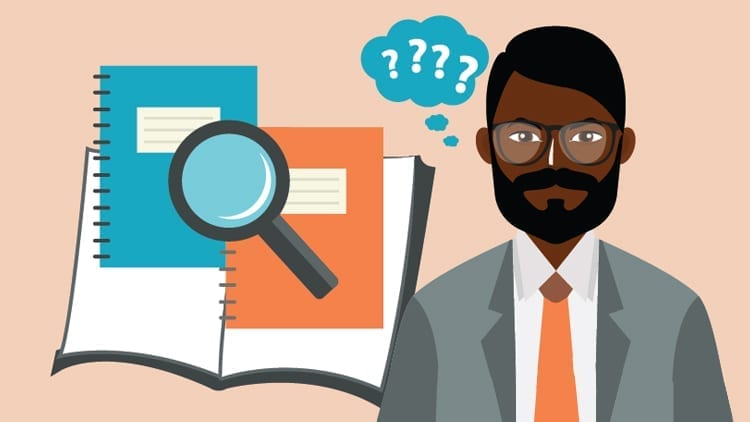
In 1826 Balbi regrouped the African languages into five geographical divisions: 1.) Nile, 2.) Atlas, 3.) Maritime Negro of Guinea and Senegambia, 4.) South African, 5.) Sudan and Interior Negro. Adelung continued to break down these groupings and was able to put together some related languages: a Mandingo group, an Amina (Akan) group, and a Congo group which, however, does not relate to other Bantu languages (Bendor-Samuel 3). One of the earliest known classifications of the African languages was presented in Adelung and Vater’s Mithridates (1812) and it divides all of the African languages into four groups: the Berber languages in the north, the Bushman and Hottentot languages in the south, and all of the remaining languages were grouped under the title "Central Africa" (Bendor-Samuel 3). After I have discussed the classifications, I will continue to break down the Niger-Congo family into its subgroups so that we may have a look, however brief, at each of the main groups. One of the best ways to go about this is to study the different classifications which have been attempted over the last 150 years or so. With such a large group of languages, it will be impossible to go too much in depth concerning individual languages, but I will try to touch on the larger sub-groups in order to gain a greater understanding of the way this family is structured. It consists of 1,436 languages and dialects spread over a relatively small geographic area (Grimes 64). The Niger-Congo Language family represents one of the largest groups of languages in the world. Lingala is considered the fastest growing language in the Republic of the Congo, with the majority of the ethnic groups choosing it as a second language.Exploring the Niger-Congo Languages Exploring the Niger-Congo Languages These include standard Lingala, which is used in educational and news broadcasting, and spoken Lingala, used in everyday activities. The Lingala language spoken in Congo is divided into several dialects and variations. It is based on some of the local languages including Bangi, Mango, and Losengo. The tone and structure of Lingala language spoken in the country exhibit a Bantu influence. It is widely used in trade, administration, and educational training. It was especially used as a means of communication between the European settlers and the African community living in the country. Lingala is mainly spoken in the northern and eastern regions of the Congo. It is a language of regional administration and elementary education in some schools in these regions. It is also a national language and is spoken by over 50.35% of the Congolese population. Kituba is mainly spoken as a primary language in the southern half of the country, in regions such as Kouilou, Niari, Pool, and Brazzaville. The largest ethnic language in the Republic of the Congo is Kituba. While French remains highly prestigious, it appears that ethnic and trade languages of the country have a wider use than French.Īlmost every ethnic and sub-ethnic group in Congo has retained their traditional languages. French is also used as the language of communication by the government, as the government is patterned by the French system. It is also taught as a subject as part of the school curriculum. French is used as the medium of instruction in schools and other educational facilities throughout the country. The majority of the French speakers in Congo (88%) live in the urban area of Brazzaville. However, the African elites rarely speak French in their homes.

French is widely spoken in the European community and among African elites.

About 30% of the Congolese population can fluently speak French. Official Language of the Republic of the Congoįrench is the official language of the Congo, while Kituba and Lingala are the country's national languages.

The population of Congo is ethnically and linguistically diverse, with 62 languages divided into three groups.

Congo is one of the most urbanized countries in Africa, as about 70% of the country’s population lives in urban areas, including the capital, Brazzaville. The vast northern area is a tropical jungle, virtually uninhabited. The country is sparsely populated, with the majority of the people living in the southwestern portion of the country. The Republic of the Congo is located in Central Africa, bordering Gabon, Cameroon, Central Africa, and the Democratic Republic of the Congo.


 0 kommentar(er)
0 kommentar(er)
